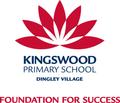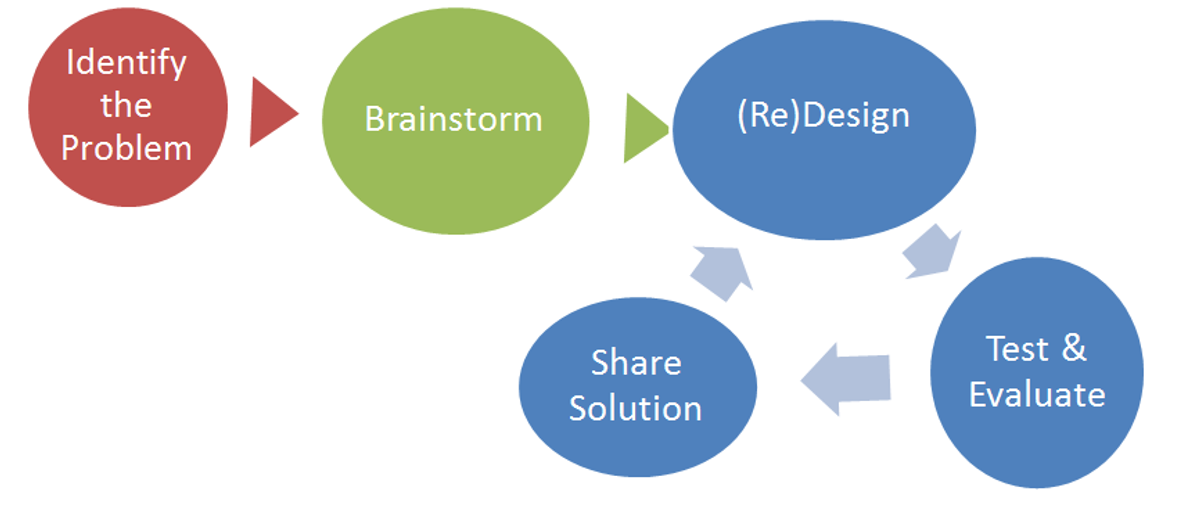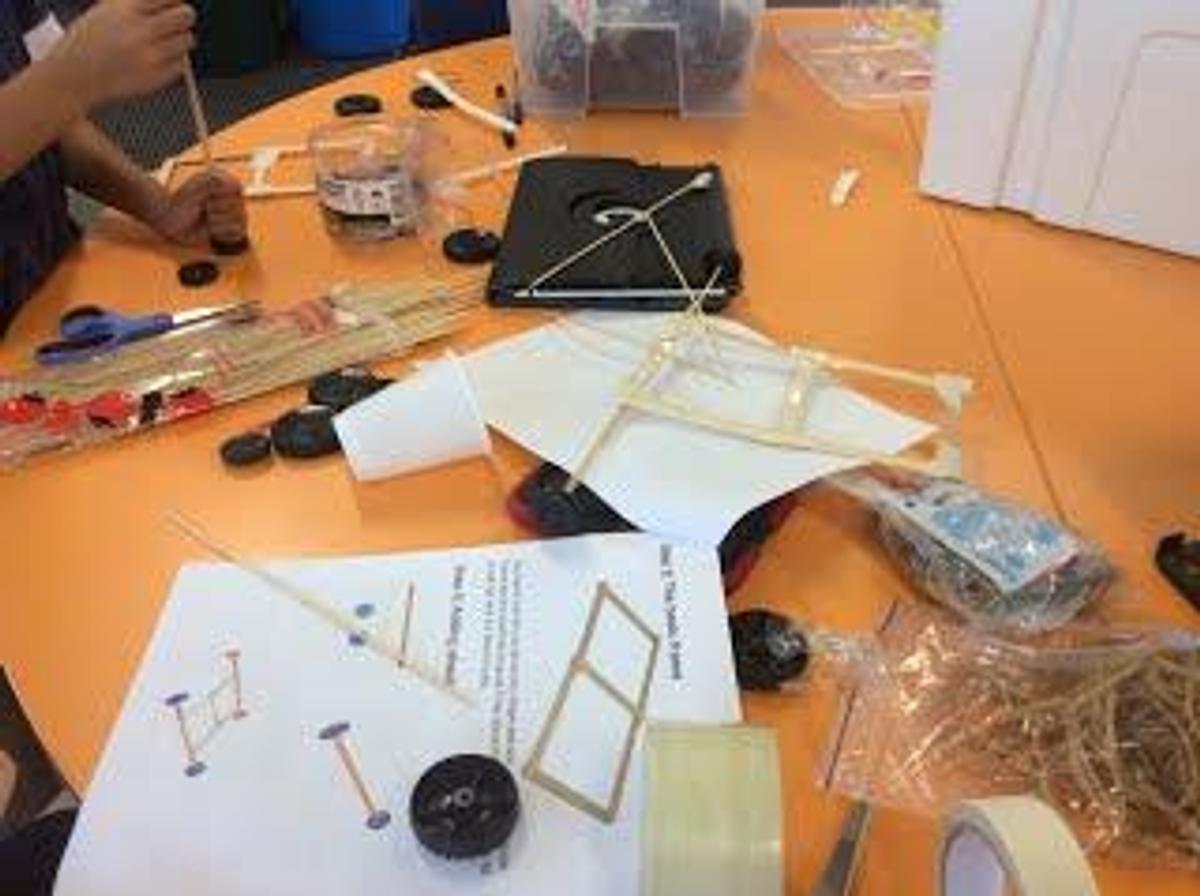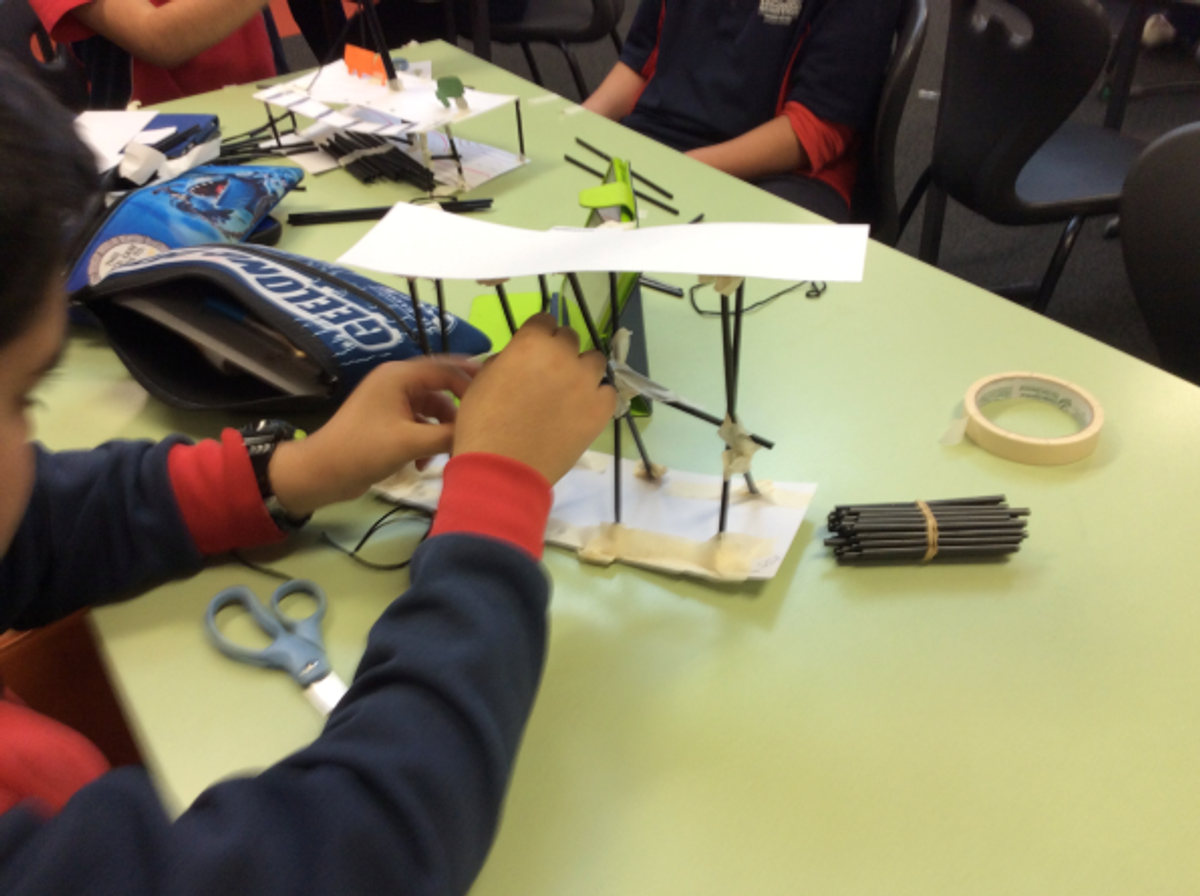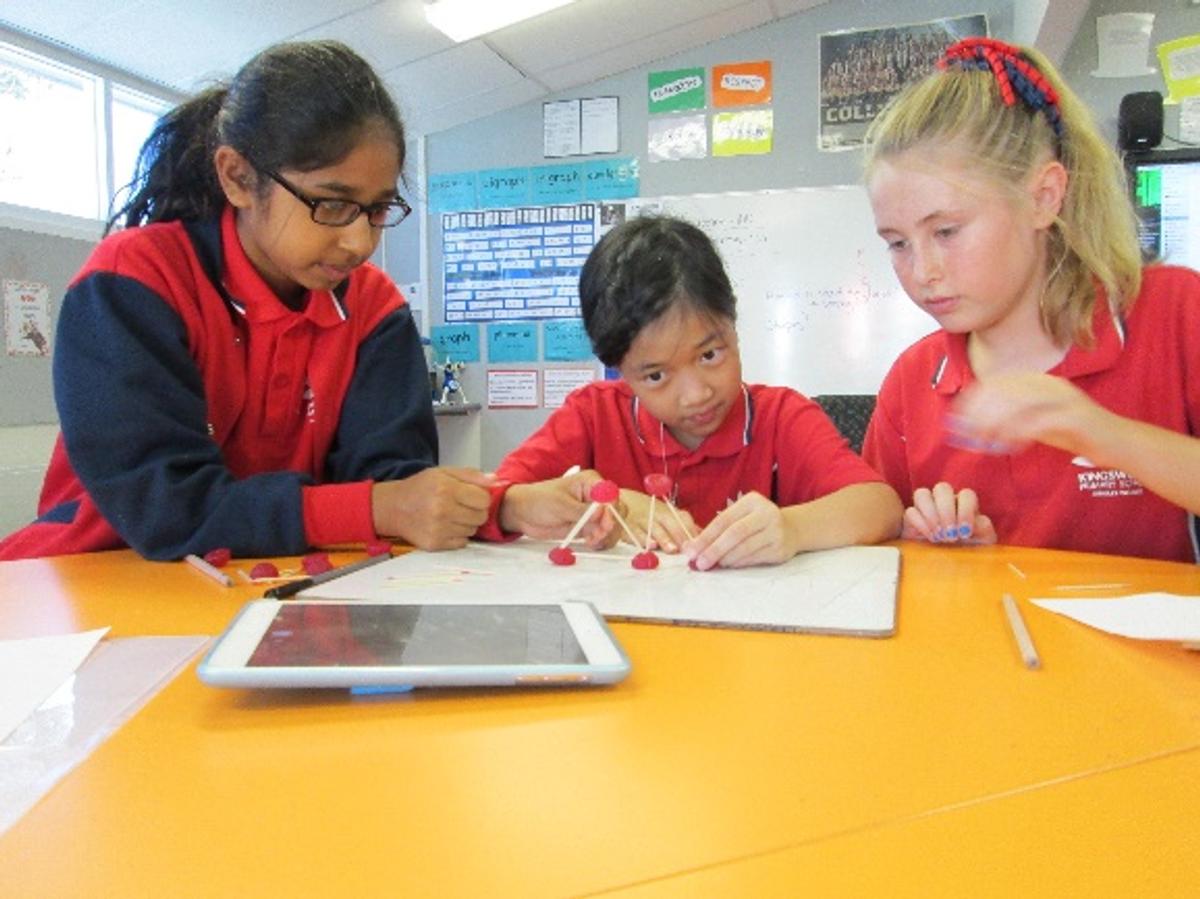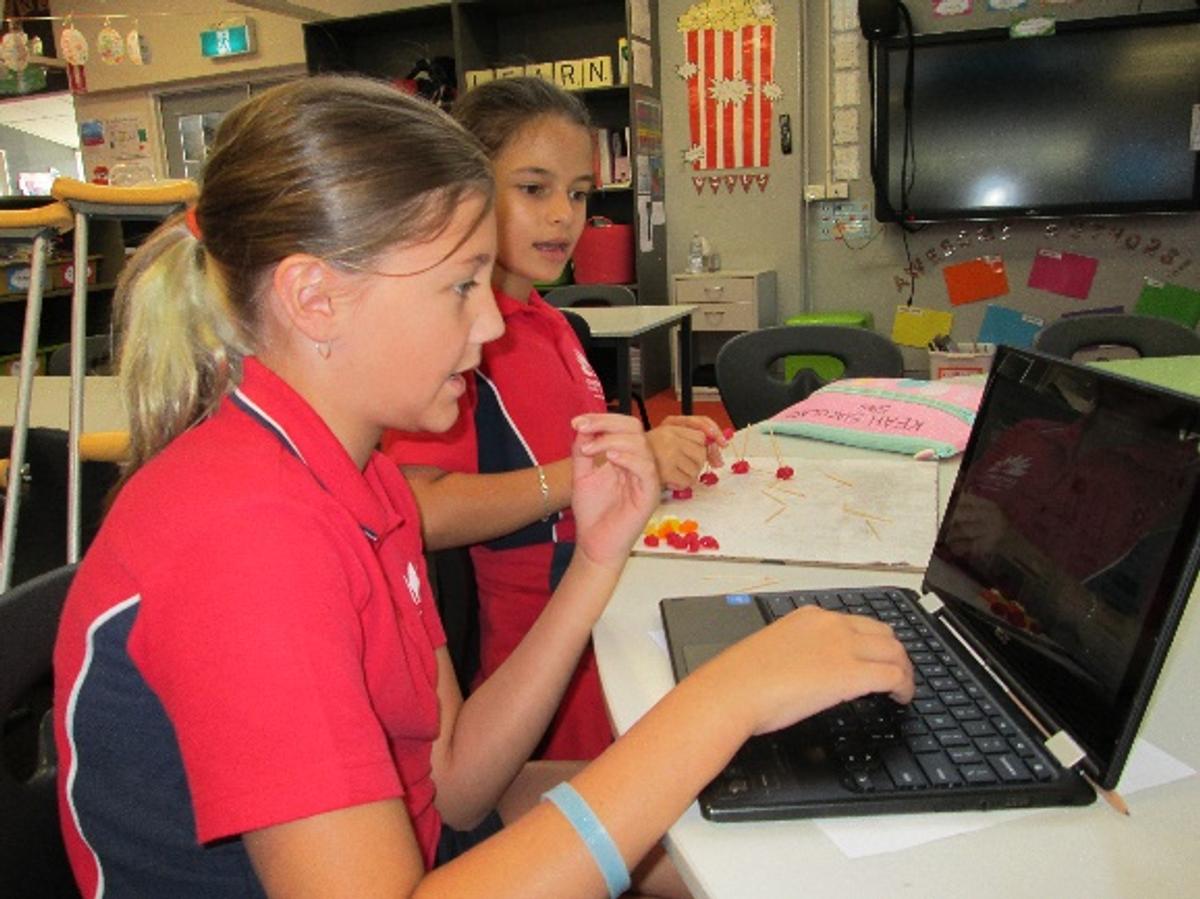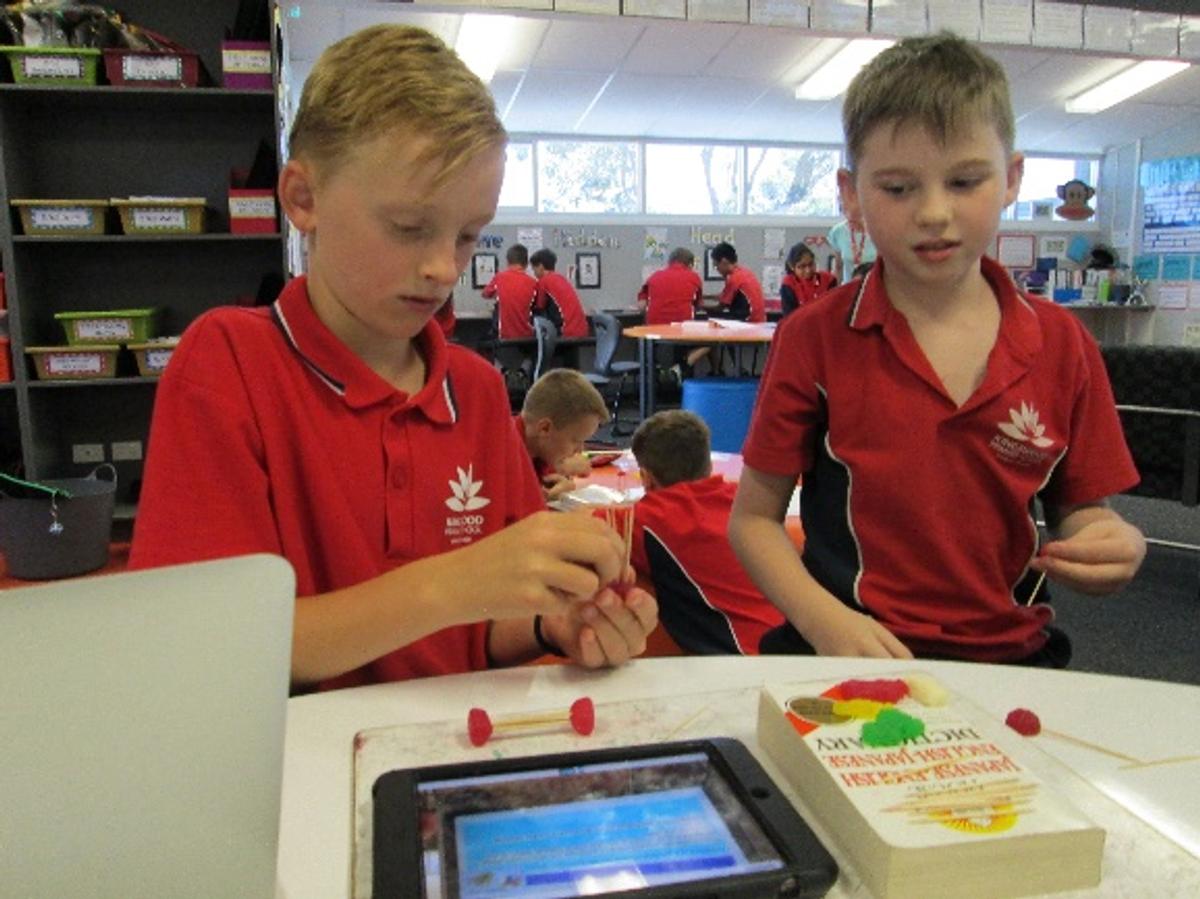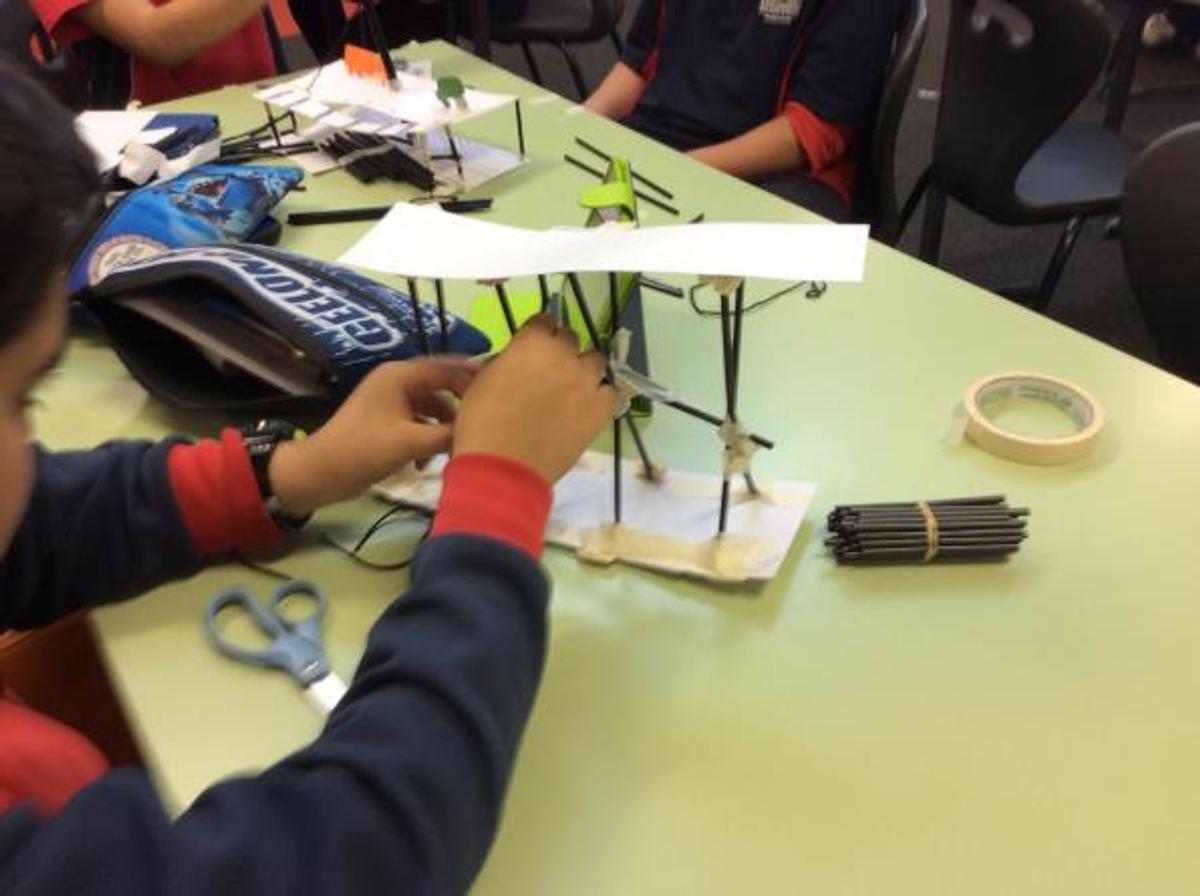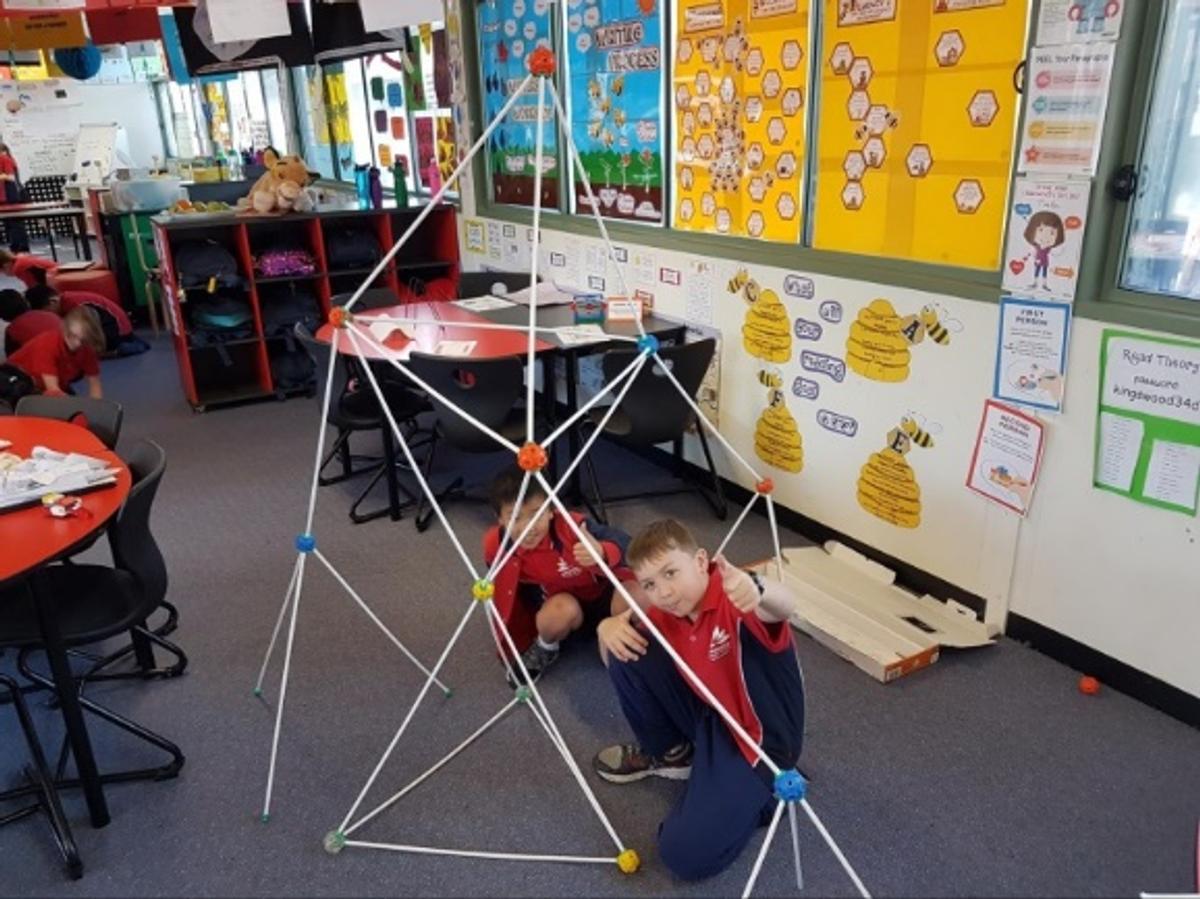Engineering at Kingswood
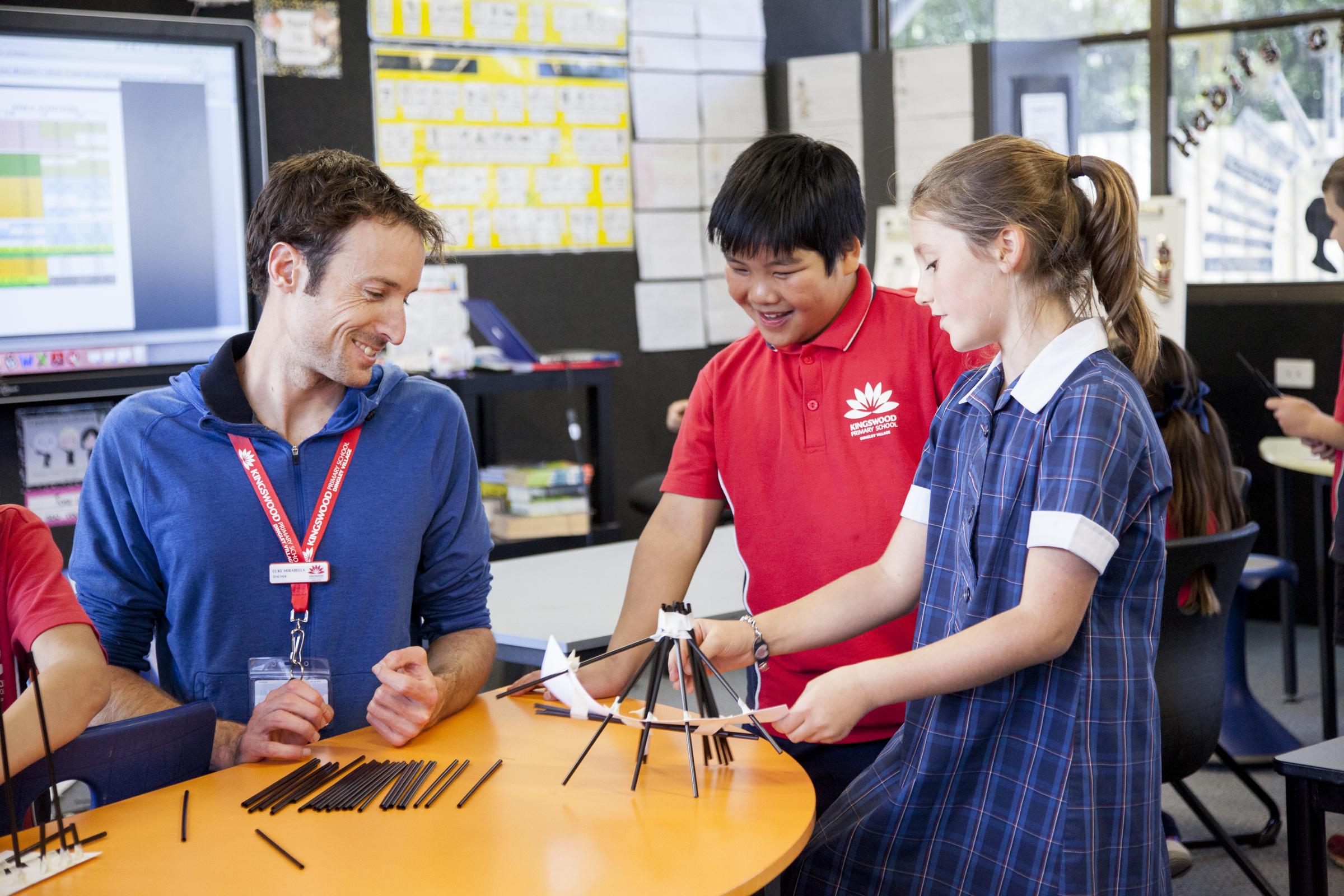
Engineering
Engineering began at Kingswood in 2016. All students in Years 5 and 6 (approximately 154) attend weekly lessons, which last 100 minutes each.
The students are presented with a problem at the beginning of each lesson along with a range of materials. In groups, the students come up with their own solutions based on trial and error approaches, following the Habits of Mind strategies. This encourages the development of communication and collaboration skills. Creativity and ingenuity are praised and outcomes are related back to physical laws and engineering concepts. Unexpected outcomes are celebrated and this is where the deepest learning experiences can take place.
Projects are run on a termly basis and students are assessed at each stage of the process.
For example:
Problem: Build a bridge
Resources: Drinking straws and tape
Process:
- Students investigate bridges and identify different types and uses.
- Students plan and design. A budget is created based on estimations of materials needs (e.g. $1,000 per straw).
- Students have two lessons to construct their bridge. During this time, the teacher circulates to each group offering support. Students brainstorm, design, test and evaluate, share solutions and redesign, as illustrated below.
- Students then test their bridge and reflect on their design and construction.
Some concepts are covered in one lesson. For example, the students constructed a pulley system in the school hall. They concluded that by increasing the number of pulleys in the system, the number of students required to lift a student (or teacher!) decreased.
The Benefits
Upon entering the classroom during an engineering lesson, the first thing you notice is the high levels of engagement of all students. The groups are very focused on the activity and, once the problem is explained and the materials distributed, the teacher acts as a facilitator of learning and exploration. Each group approaches the activity from a different angle, depending on its members – some draw their design before beginning construction, others have their computers out researching designs used in the past and some are simply experimenting with the materials they have in front of them.
When asked how their engineering lessons will help them in real life, the students were enthusiastic in their responses:
“If something breaks in real life then you might have a chance of being able to fix it.”
“To build robots in the future.”
“If you are building a tower we all know that we have to make a strong foundation.”
“We learnt trial and error and in real life bridge building it is trial and error.”
“Mistakes can make your object stonger.”
“Basic fixes as an adult around our house.”
“It can help me learn physics and about why or how thing stay where they are.”
